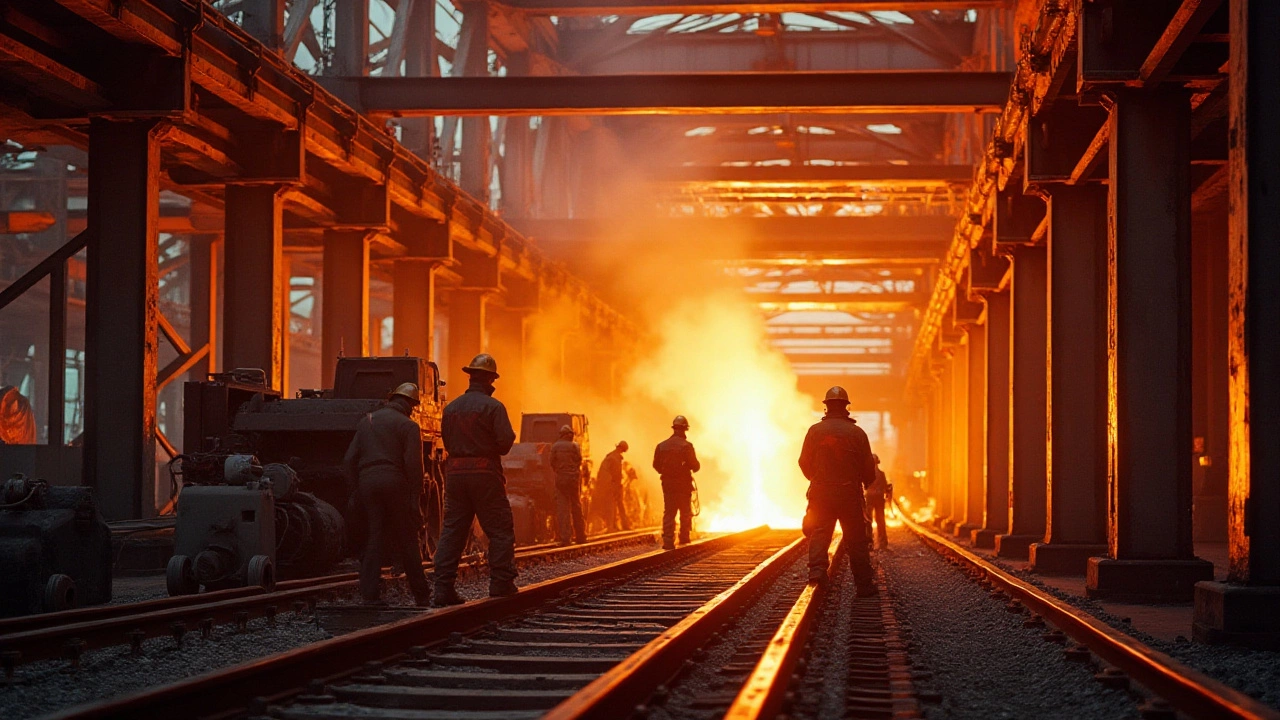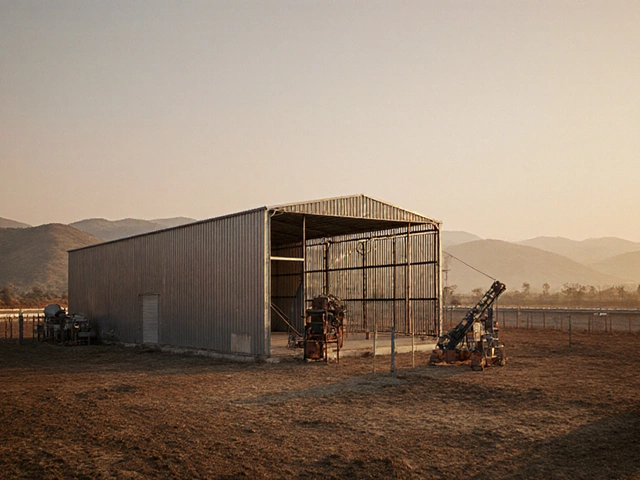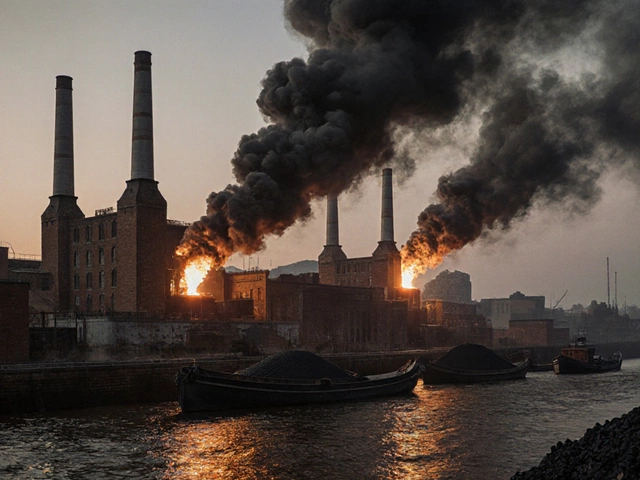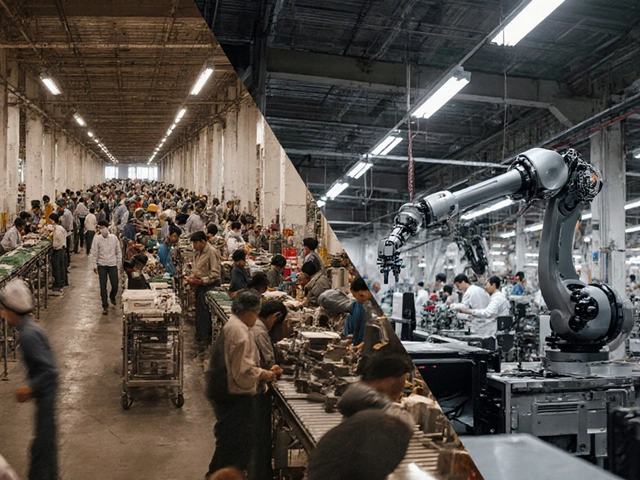American Steel Industry – What’s Happening Now?
If you’re wondering how the US steel sector is doing today, you’re not alone. Over the past few years the industry has swung between strong demand and stubborn roadblocks. This guide breaks down the biggest trends, the most common problems, and what could shape the future of American steel.
Key Trends in US Steel Production
First off, domestic output is finally catching up after a long dip. New electric‑arc furnaces (EAFs) are popping up in places like Indiana and Texas, letting manufacturers melt scrap faster and cheaper than old blast‑furnace methods. Those plants also cut carbon emissions, which is a big win for companies trying to meet tighter environmental rules.
At the same time, demand for high‑strength, lightweight steel is rising. Automakers are swapping out heavy frames for steel that’s both strong and light, and the construction market is asking for more resilience in buildings. Because of that, producers are investing in advanced rolling mills that can deliver tighter thickness tolerances.
Another noticeable shift is the rise of “near‑shoring.” With global supply lines still shaky, many US manufacturers prefer sourcing steel locally to avoid delays. That trend is helping smaller regional mills stay afloat and even grow.
Major Challenges and Opportunities
Despite these positives, the industry faces a few stubborn challenges. The biggest one is the cost of raw materials. Iron ore prices have been volatile, and imported steel still gets a price edge because of cheaper labor overseas. When imported steel lands in the US, it can undercut domestic producers, especially in low‑margin segments.
Labor shortages add another layer of difficulty. Skilled welders and furnace operators are in short supply, and training programs haven’t kept up with demand. Companies that partner with local technical schools are beginning to see a pipeline of new talent, but the gap is still wide.
On the regulatory side, newer environmental standards require big investments to reduce carbon footprints. While those rules push for cleaner production, they also mean higher upfront costs for retrofitting old plants.
On the upside, the US government’s recent infrastructure bill is funneling billions into road, bridge, and rail projects. Those projects need a lot of steel, and the funding promises a steady stream of orders for domestic mills. Companies that can deliver quality steel at competitive prices stand to benefit the most.
Technology is also offering fresh opportunities. Automation, AI‑driven quality checks, and IoT sensors are making factories run smoother and waste less material. Early adopters report up to a 15% boost in efficiency, which can offset some of the higher raw‑material costs.
In short, the American steel industry is at a crossroads. Strong demand, supportive policies, and new tech are opening doors, but raw‑material prices, labor gaps, and environmental compliance remain tough hurdles. Staying ahead means investing in modern equipment, building skilled workforces, and keeping an eye on policy changes.
Whether you’re a steel supplier, a downstream manufacturer, or just curious about the market, keeping tabs on these trends will help you make smarter decisions. The next few years could reshape the US steel landscape, and the firms that adapt fastest will likely lead the pack.
America's Leading Steel Producers: Top Companies Shaping the Industry
The United States is home to several significant steel companies that play key roles in the global steel market. This article explores the largest steel manufacturer in the U.S., providing insights into its operations and impact. We will delve into interesting facts about America’s steel producers, discuss the company’s influence on the economy, and highlight their innovative approaches to sustainable production. Readers will gain a clear understanding of how these companies shape the industry today.
Read More




